Catching Up With HOPE SF’s 2024 Small Grants Recipients
2024 was an eventful year for the Partnership for HOPE SF but even with all the change, we never waiver in our belief that HOPE SF residents have the creativity and capability to reshape their communities for the better. For this reason, we remain as excited as ever to spotlight some of our incredible community projects from 2024.
The impactful work done by the following people and organizations all helped to engage and uplift our HOPE SF residents, and it’s through this work that we continue to build vibrant communities where everyone can feel seen, heard, and valued. Whether a project takes place in Alice Griffith, Hunters View, Potrero Hill/Annex, and/or Sunnydale (or more than one HOPE SF site!), we recognize that when offered support and resources, our HOPE SF residents and partner organizations are always ready to address HOPE SF challenges.
Please be sure to scroll through each series of photos to see this amazing work in action!
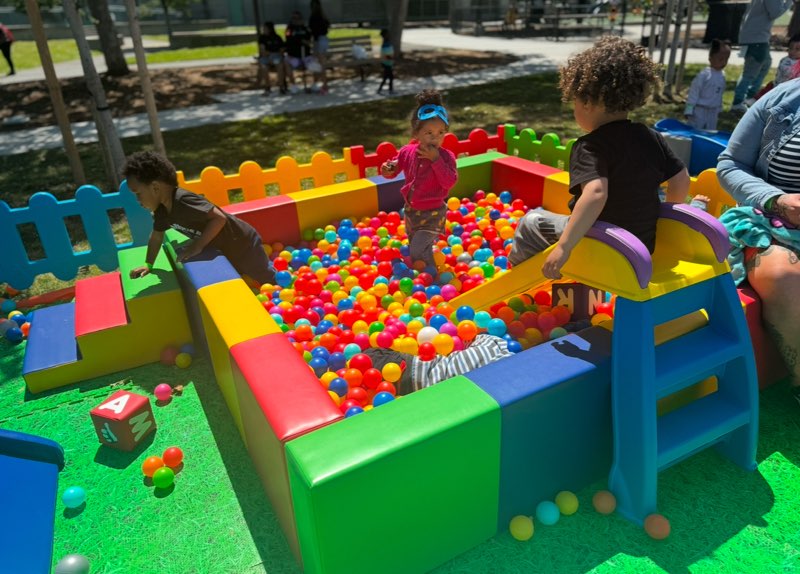
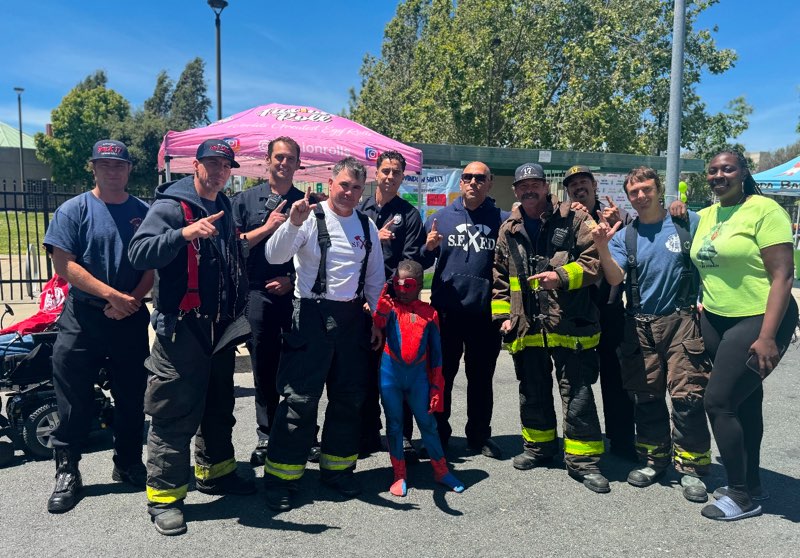
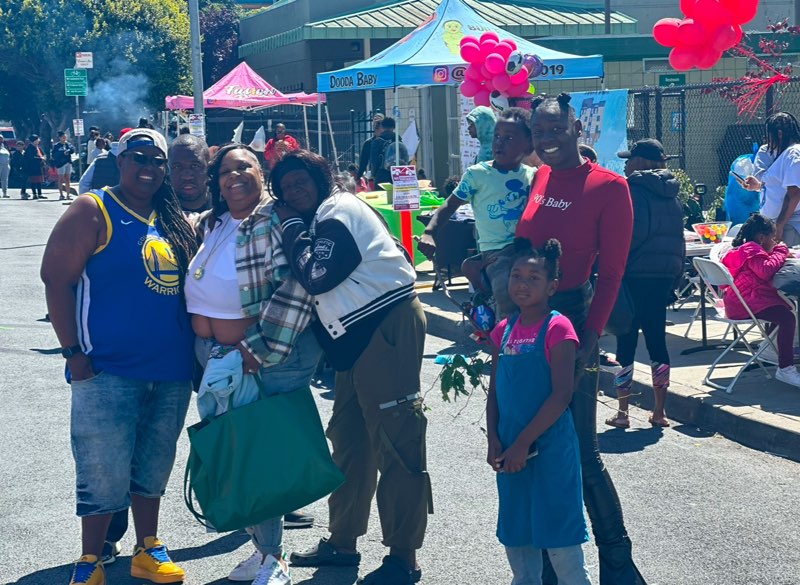
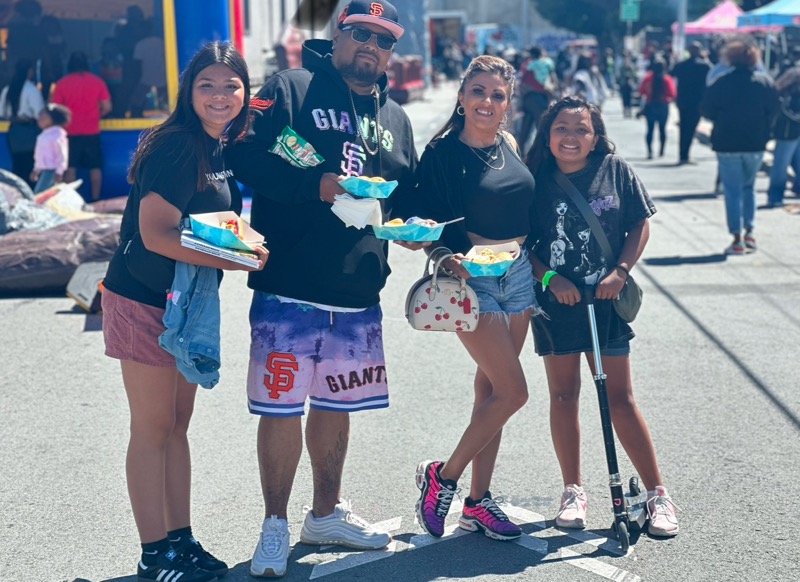
Dooda Summer Extravaganza – Dooda Activities
“What I want for my kids, I want for your kids.”
– Vannoy McCree, Founder
Vannoy McCree is a shining example of the resilience one can find in our HOPE SF communities. When her 2 year old son, affectionately nicknamed “Dooda,” miraculously survived a fall from a 4th story window in 2021, she knew her family would be changed forever. She turned this traumatic event into an incredible organization, Dooda Activities.
Ms. McCree leveraged her Small Grant to hold 3 events within the HOPE SF community: the 3rd Annual Dooda Day, Family Day, and the Dooda Back to School Dance. All of these events align with Dooda Activities’ mission of: building long lasting connections between communities through safe spaces for youth. Ms. McCree knows that by providing programs that support the well-being of youth, she can help to reduce conflict and violence among neighborhoods and instead foster healthy relationships.
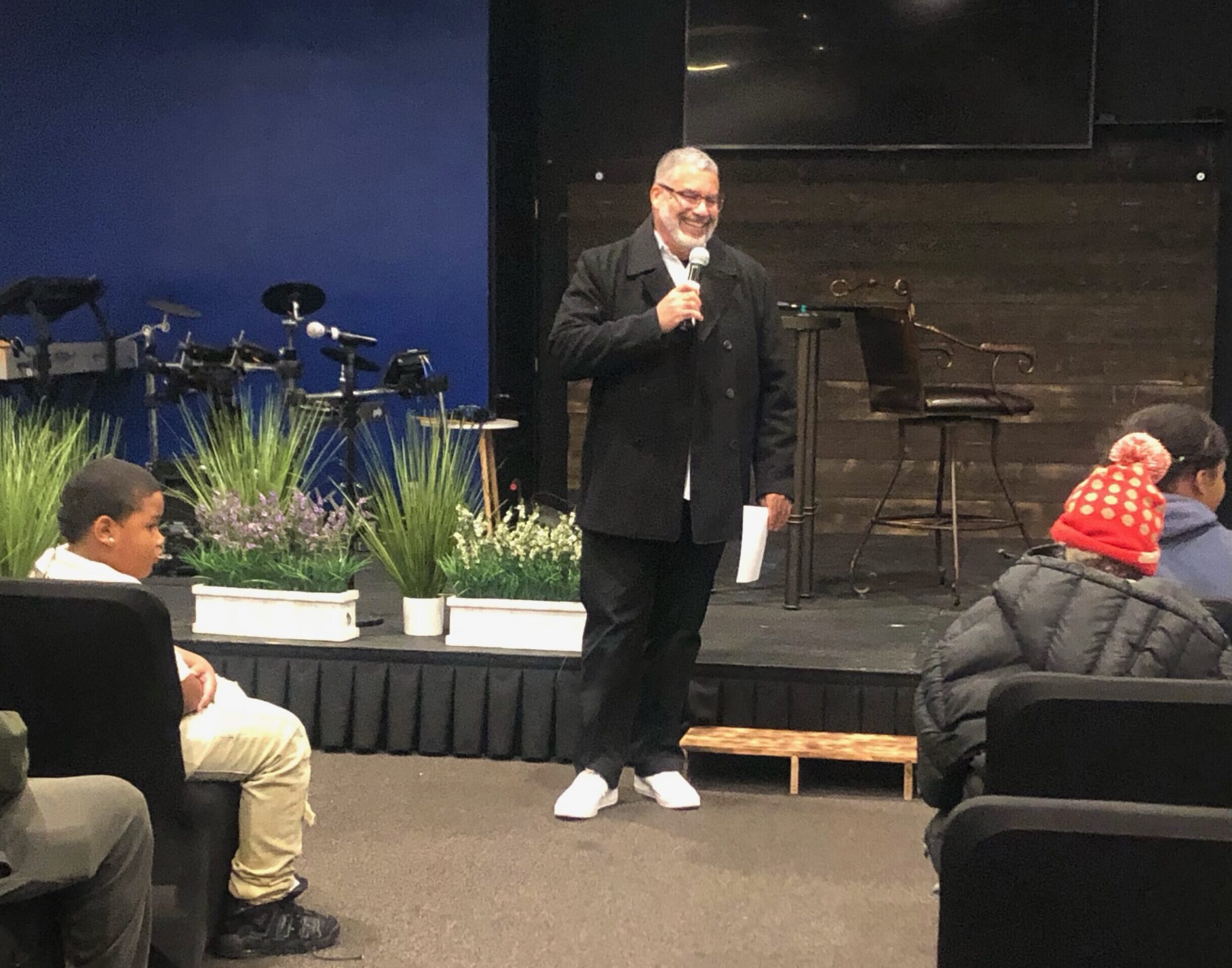
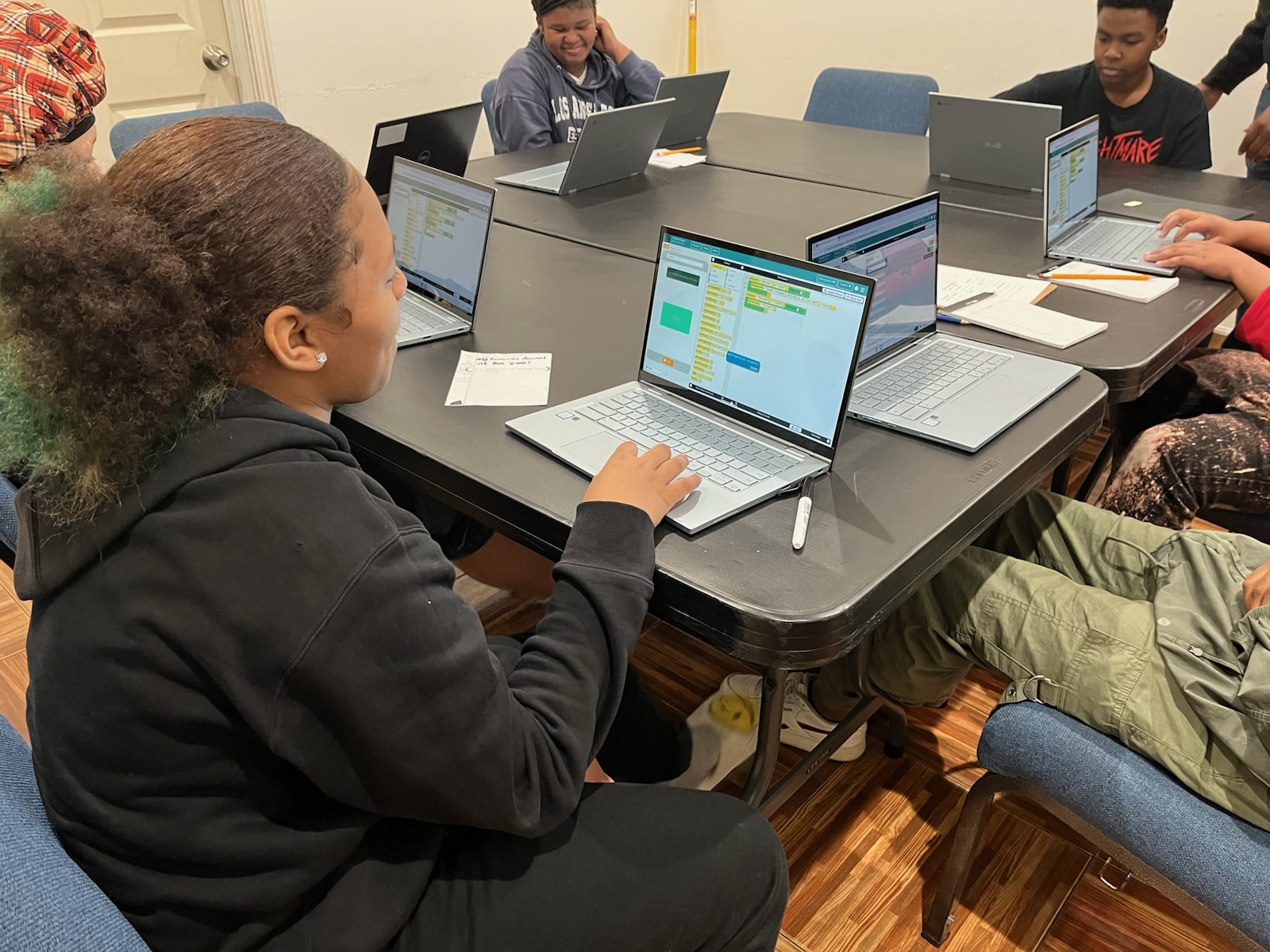
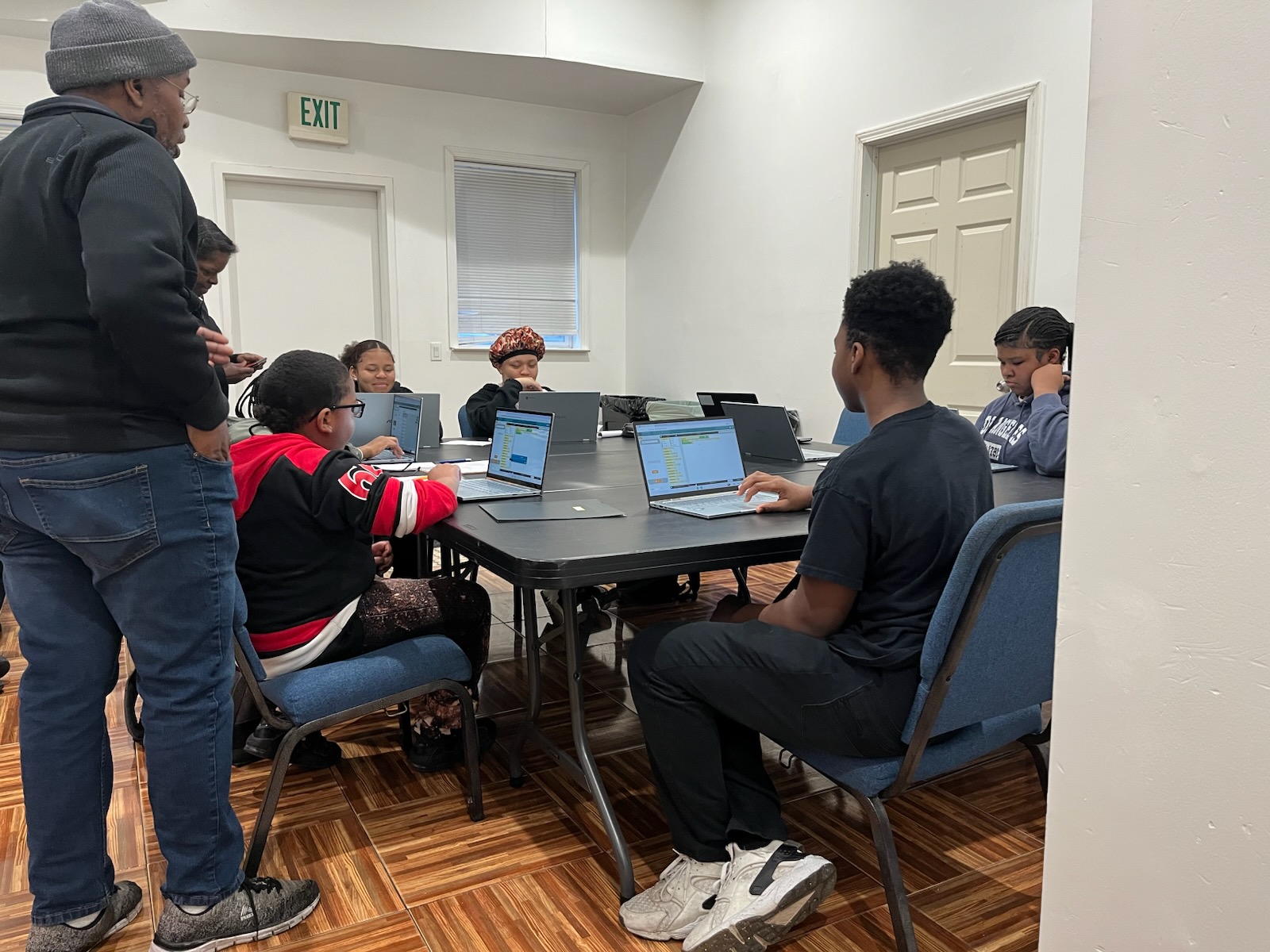
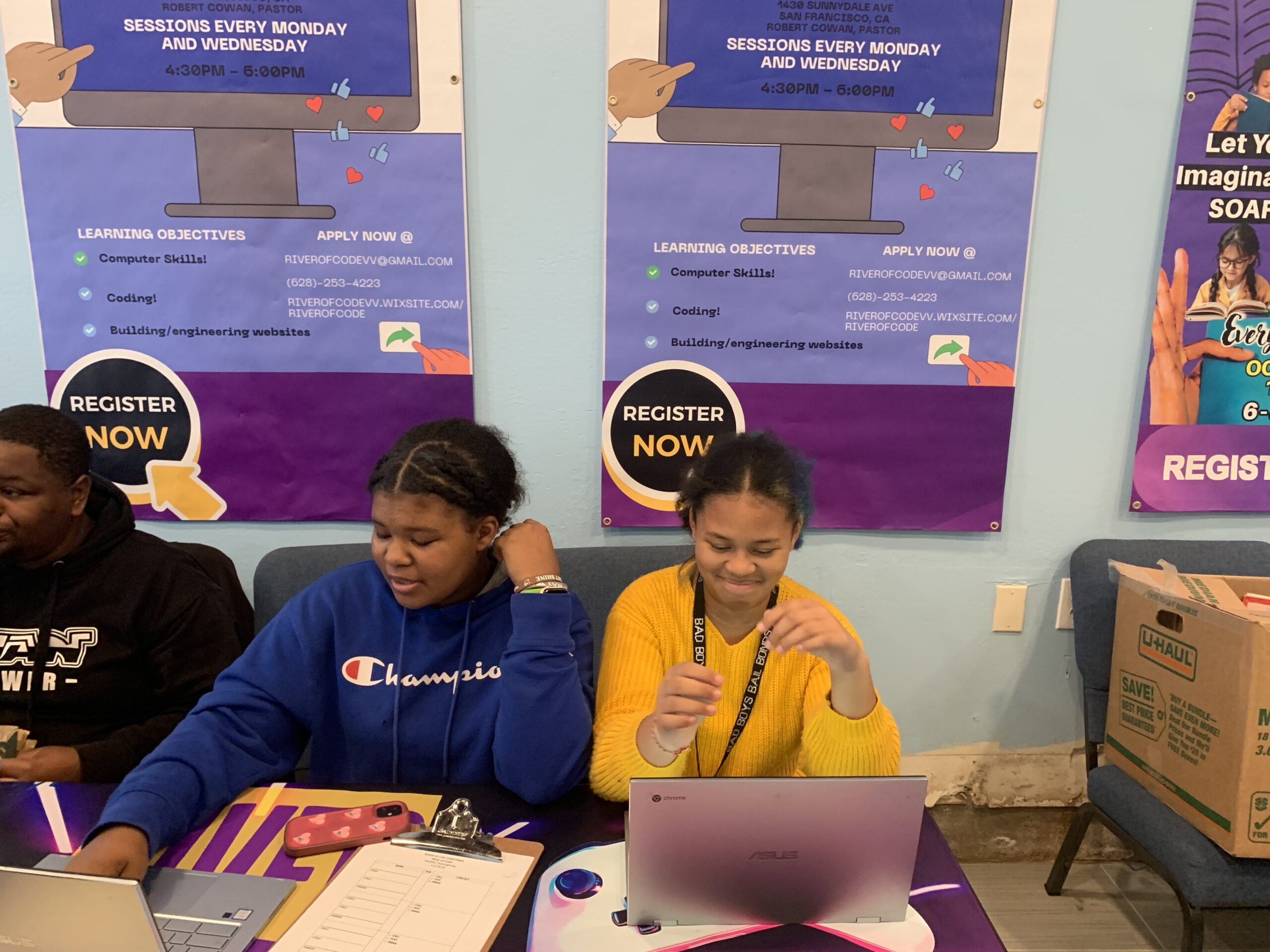
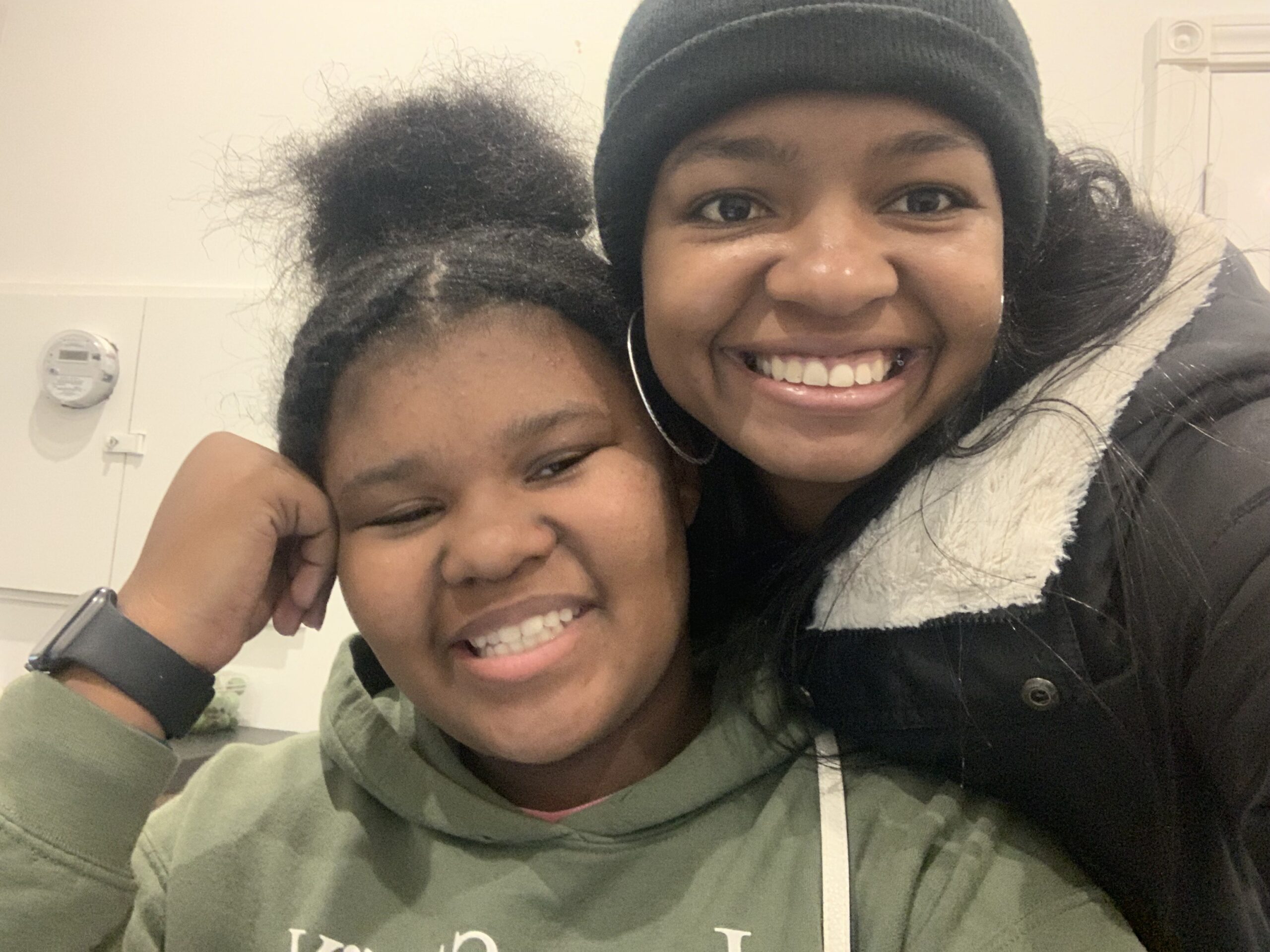
River of Code Mentor Speaker Project – Alice and Sidney Byrd
“Our favorite portion was the students’ excitement to see that our mentor came from humble beginnings and he was honest and relatable. It opened their eyes to see that a career with a tech company is an opportunity that they too can pursue.”
– Alice Byrd
San Francisco is known as a technological hub throughout the world and yet, many San Francisco residents still find the tech industry to be a mystery. Mr. and Mrs. Byrd sought to change that for a small group of students in Sunnydale. The River of Code class has 8 students who meet twice a week at River of Life Church in order to develop their coding skills. Students follow a Code.org curriculum that includes projects designed to help them understand the fundamentals of AI and Machine Learning. In addition to learning how to code, students have the opportunity to engage with a mentor from the tech industry, Mr. Keith Robertson who worked for IBM. Having access to someone who has been a part of the tech industry for years is proving invaluable for the River of Code students because representation is a huge part of whether one can envision themselves pursuing a particular path. As many have said for years, “if you can’t see it, you can’t be it.”
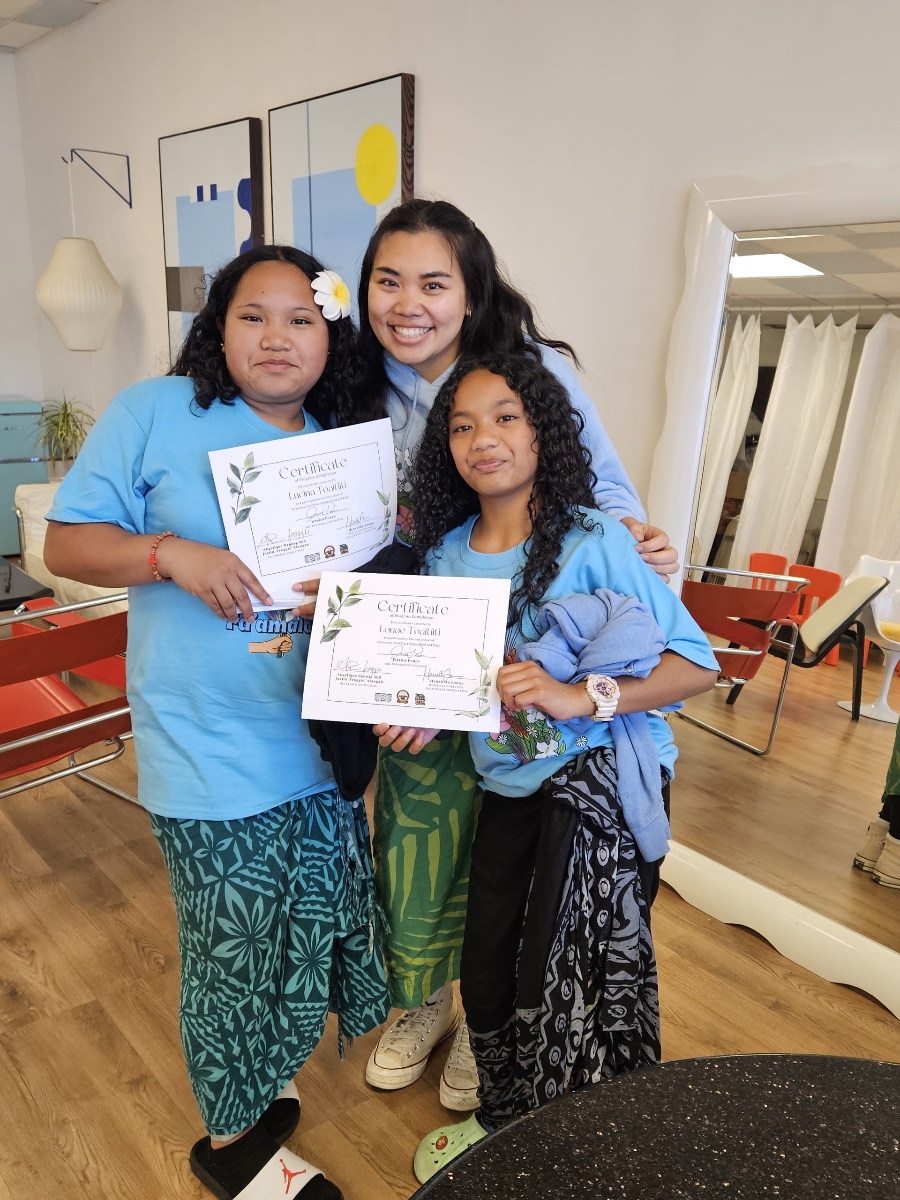
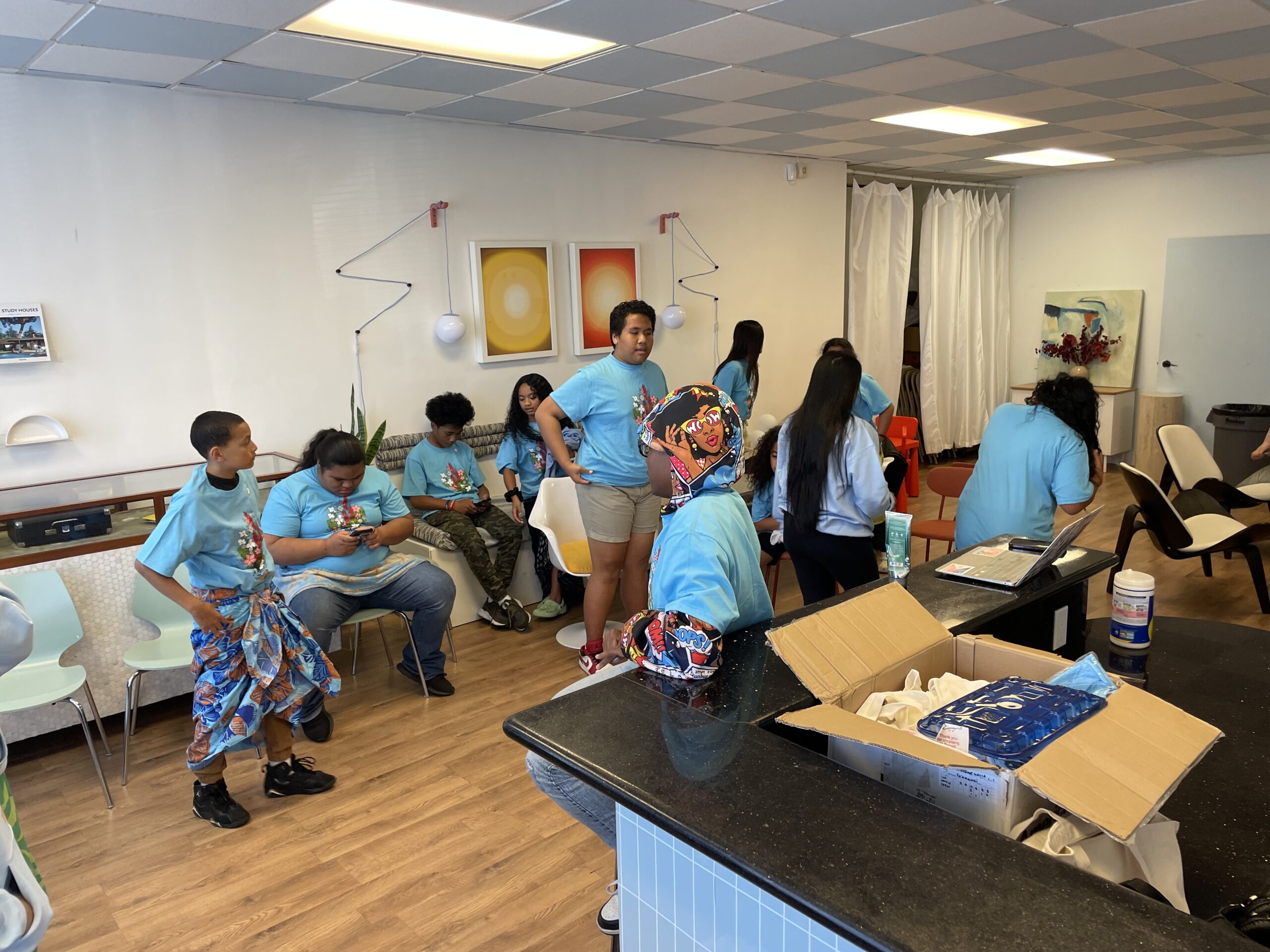
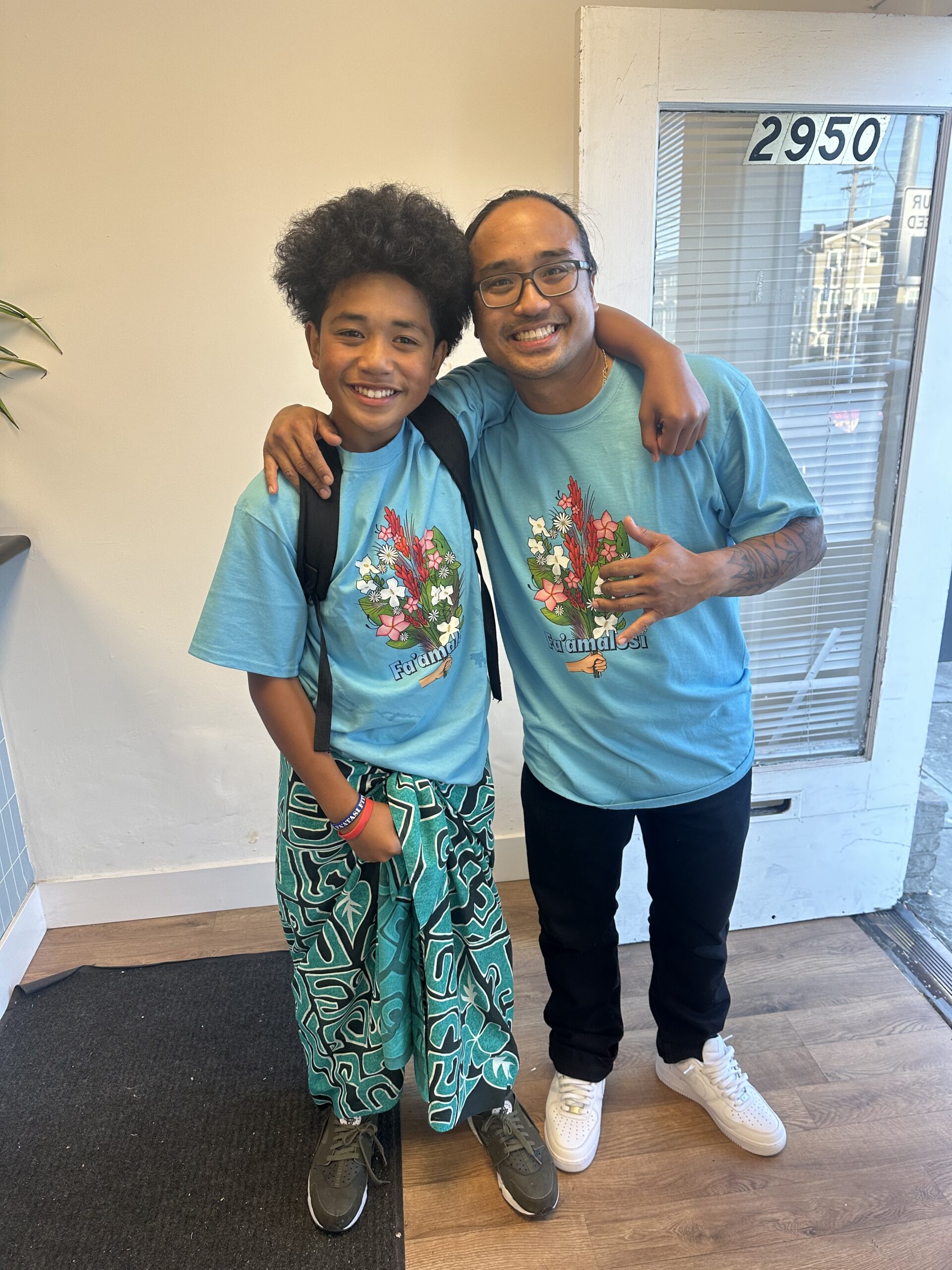
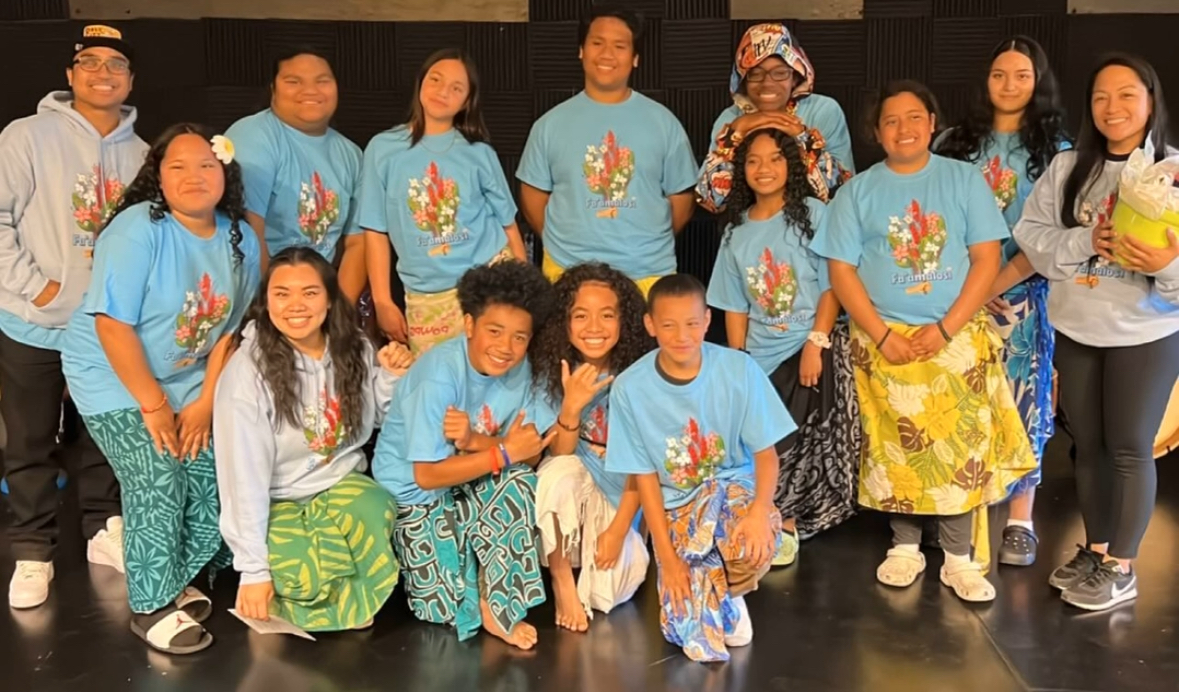
Fa’amalosi Project – All My Usos
“The term Fa’amalosi, a powerful word in Samoan culture meaning ‘be strong, be encouraged, and don’t give up,’ has been chosen to represent the program’s purpose. It signifies the goal of encouraging and strengthening the youth, both physically and mentally.”
– Christine Mauia, Executive Director
The Fa’amalosi Project was created to provide a space where youth, ages 10-14, could cultivate a deeper connection between their mind and body through mental health awareness and cultural dance. In many Pacific Islander communities, discussions about mental health are often scarce, and access to mental health professionals can be limited. This project aimed to bridge that gap by offering a safe environment for participants to engage in open conversations about mental health while connecting with professionals who share their cultural background and experiences.
In addition to mental health discussions, the program incorporated cultural dance and physical exercise to promote physical fitness. Through these activities, the youth were encouraged to embrace their heritage, fostering a sense of pride and strengthening their connection to both their culture and their personal well-being.

